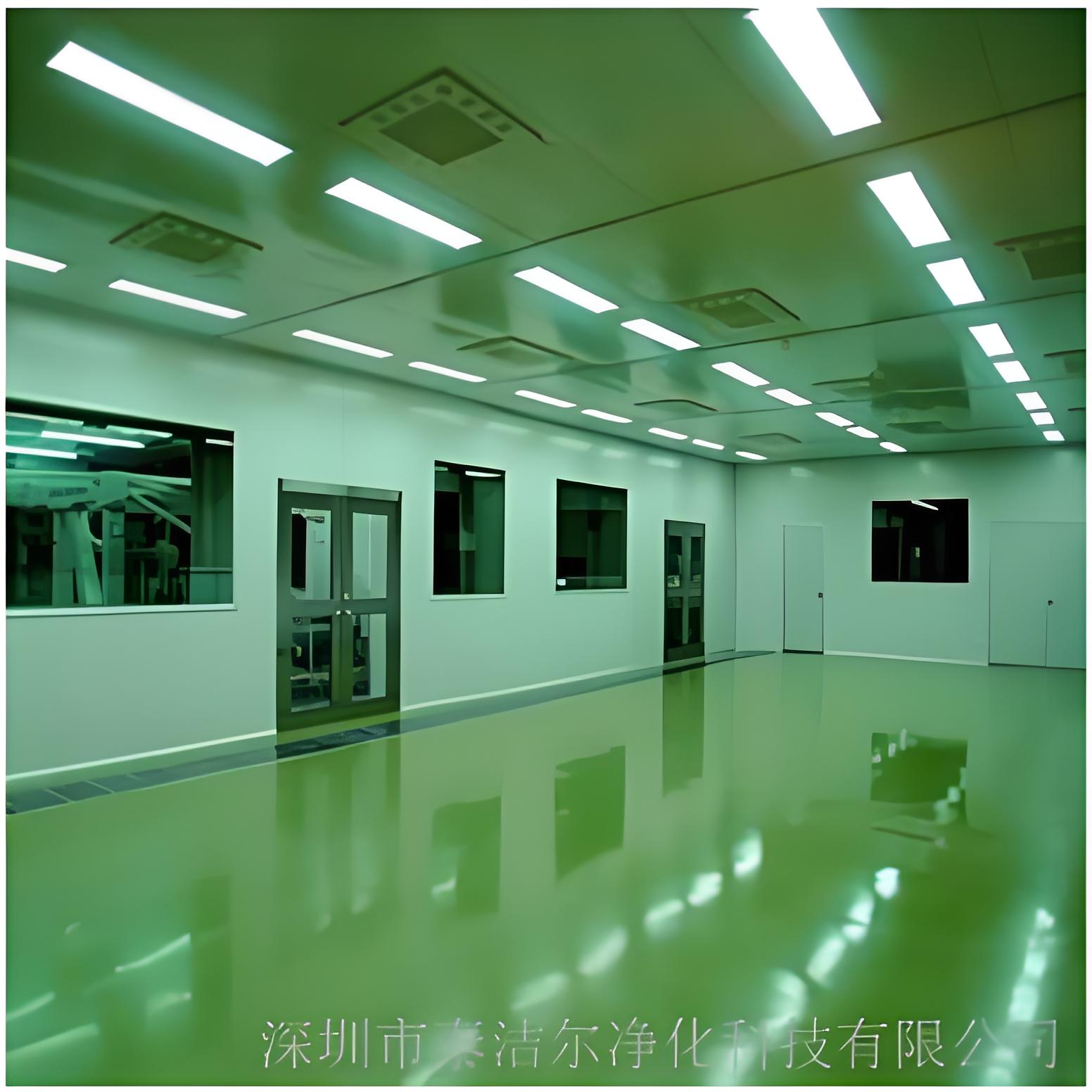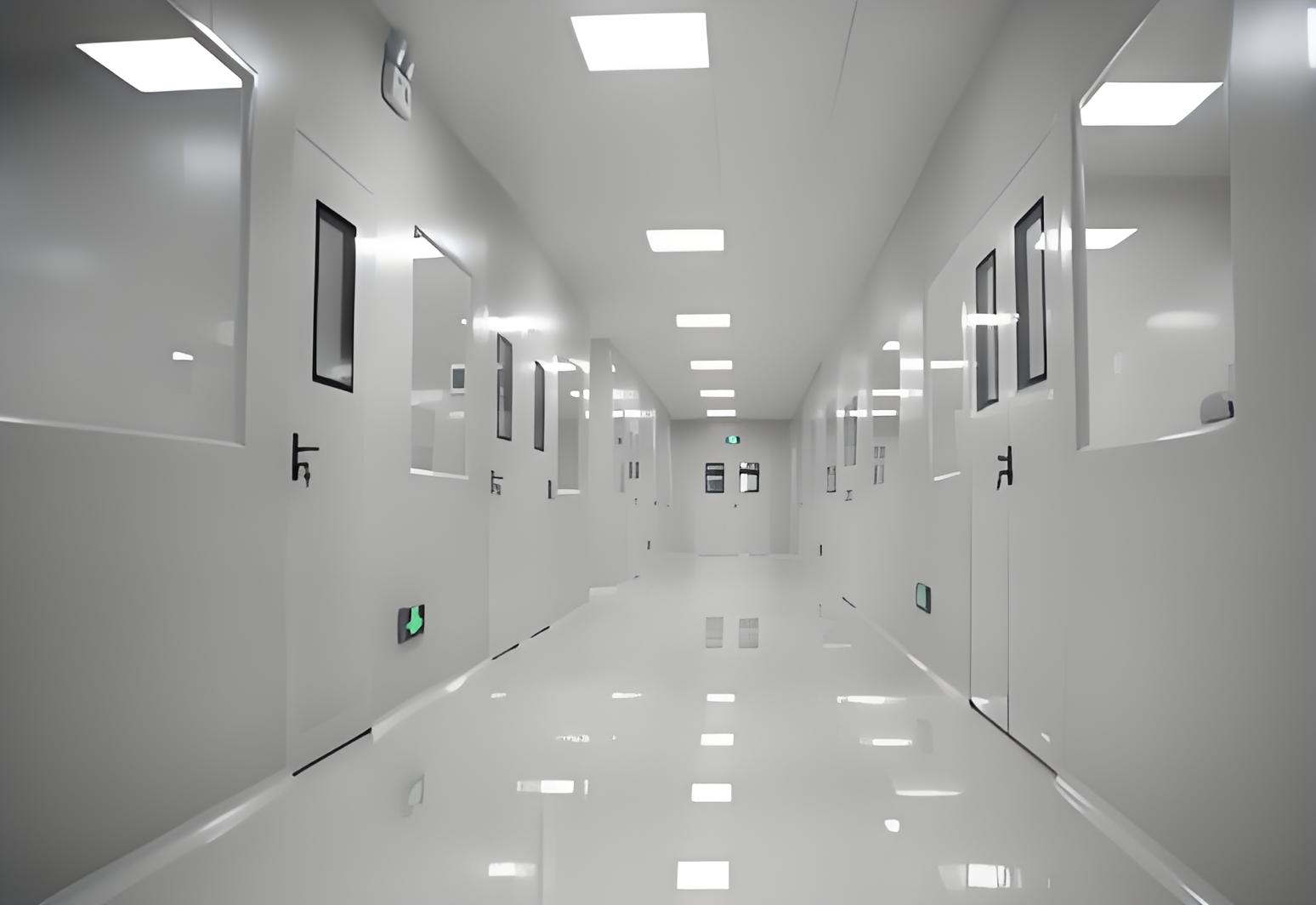
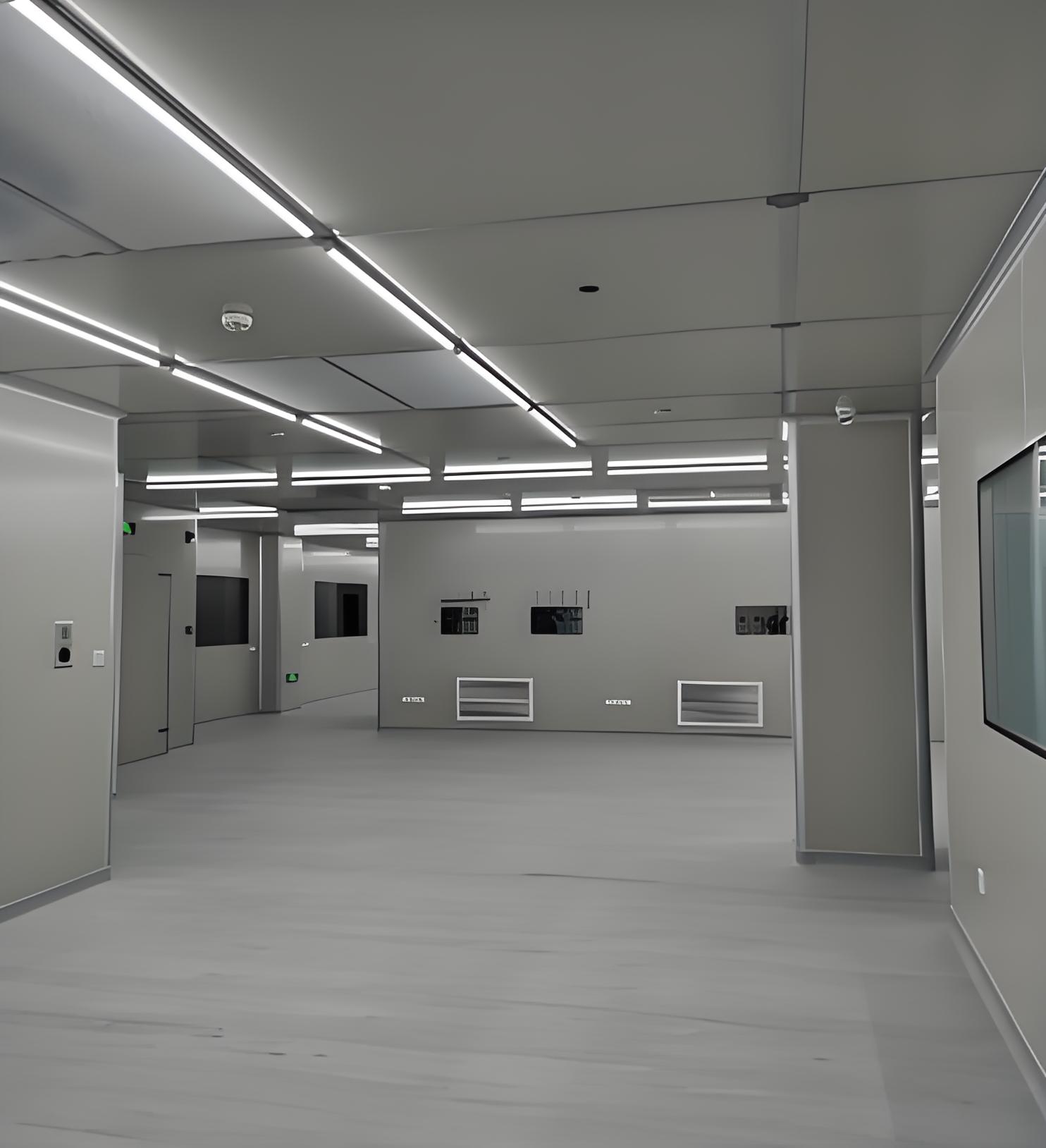
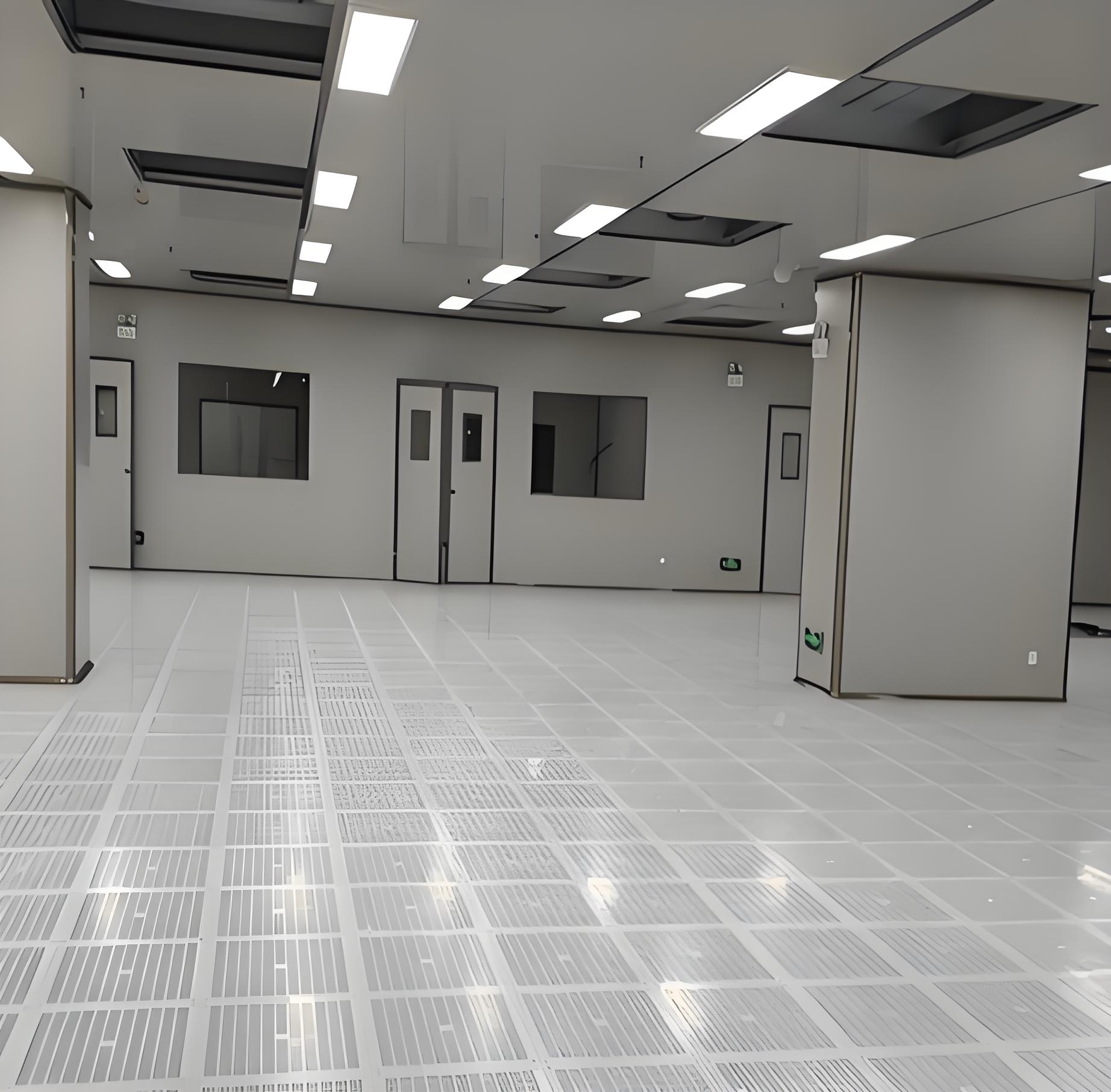


In today's rapidly evolving industrial landscape, the demand for highly efficient and reliable systems is paramount. Among these, Compressed gas process pure water engineering stands out as a critical discipline that integrates gas and water purification technologies to support various high-stakes applications. This field focuses on designing, implementing, and maintaining systems that deliver ultra-pure compressed gases and water, essential for industries where contamination can lead to significant operational failures or safety hazards. From semiconductor manufacturing to pharmaceutical production, the synergy between compressed gases and purified water ensures optimal process performance, product quality, and regulatory compliance. As industries increasingly prioritize sustainability and precision, understanding the nuances of Compressed gas process pure water engineering becomes indispensable for engineers, project managers, and decision-makers aiming to enhance operational efficiency and reduce environmental impact.
The importance of this engineering domain lies in its ability to merge two vital streams: gas and water purification. Compressed gases, when combined with high-purity water, facilitate processes that require sterile environments, precise chemical reactions, or controlled atmospheres. For instance, in biotechnology, even minor impurities in gases or water can compromise entire batches of products, leading to costly recalls. Similarly, in power generation, systems reliant on Compressed gas process pure water engineering help prevent corrosion and scaling in equipment, thereby extending lifespan and improving energy efficiency. This article delves into the core components, benefits, and applications of these integrated systems, providing a comprehensive overview that highlights their role in modern industrial operations. By exploring key aspects such as system design, maintenance protocols, and technological advancements, readers will gain actionable insights into optimizing their own processes.
Moreover, the evolution of Compressed gas process pure water engineering reflects broader trends in automation and digitalization. With the advent of IoT sensors and real-time monitoring, these systems are becoming smarter, enabling predictive maintenance and data-driven decision-making. This not only minimizes downtime but also aligns with global efforts to conserve resources and reduce waste. As we navigate through the following sections, we'll break down the fundamental elements that make up these systems, including High Purity Compressed Gas and Process Water Systems, Process Gas and Purified Water Systems, Compressed Gas and Process Purified Water Systems, and Compressed Gas and High-Purity Water Systems for Process Applications. Each of these plays a distinct yet interconnected role, and understanding their integration is key to harnessing their full potential. Whether you're new to the field or seeking to upgrade existing infrastructure, this guide offers practical knowledge to drive innovation and efficiency in your operations.
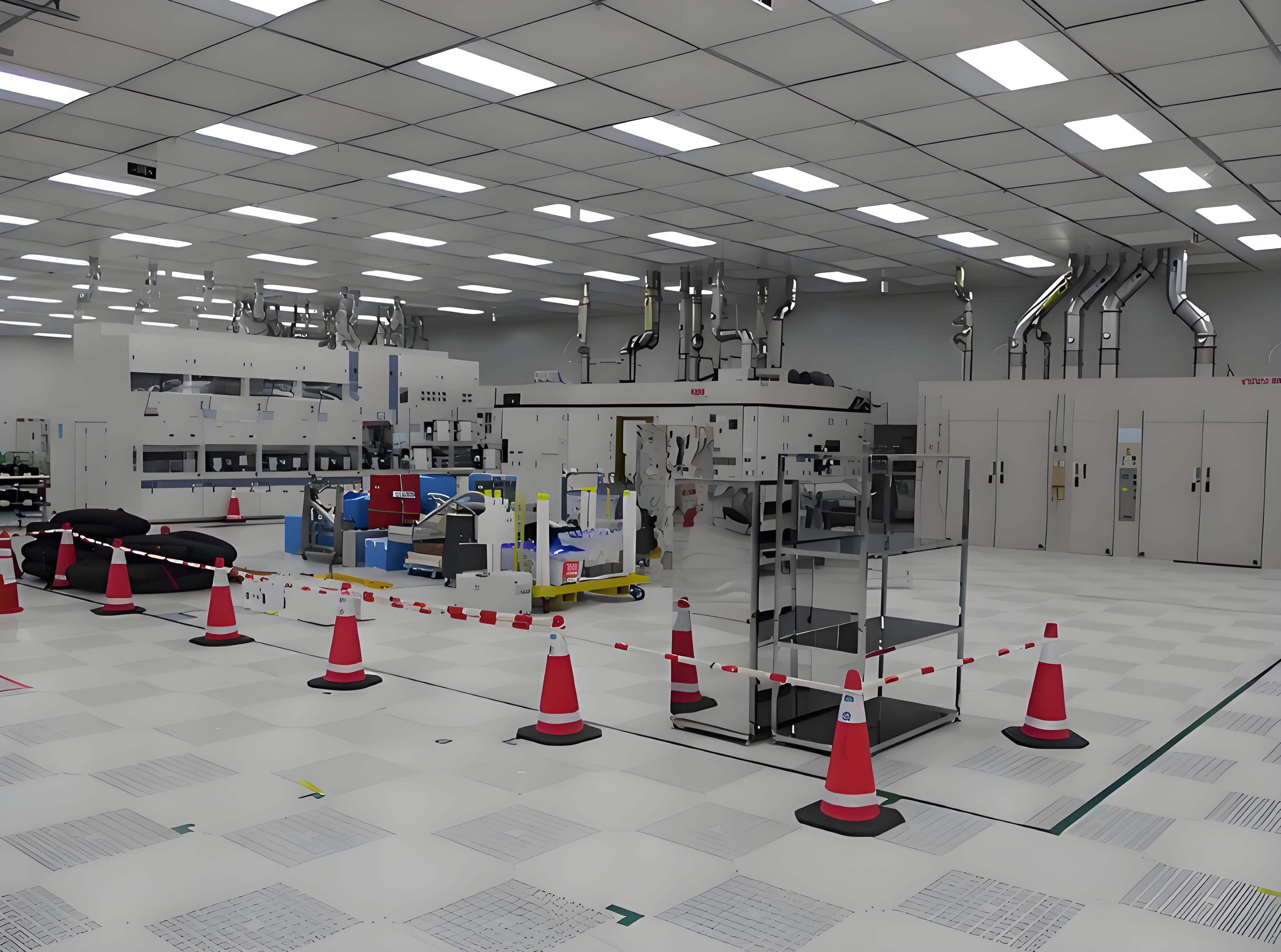
Compressed gas process pure water engineering is a specialized branch of engineering that focuses on the integration of compressed gas systems with water purification processes to achieve high levels of purity for industrial applications. This discipline involves the design, installation, and management of systems that handle both gases and water, ensuring they meet stringent quality standards. The primary goal is to eliminate contaminants such as particulates, microorganisms, and chemical impurities that could interfere with sensitive processes. For example, in the pharmaceutical industry, this engineering approach ensures that compressed air used in drug formulation and purified water for injection are free from pollutants, thereby safeguarding product integrity and patient safety.
The scope of Compressed gas process pure water engineering extends across multiple phases, from initial system conceptualization to ongoing maintenance. It encompasses technologies like filtration, distillation, deionization, and gas compression, all tailored to specific industrial needs. A key aspect is the synergy between gas and water streams; for instance, compressed gases might be used to aerate water treatment processes or to create inert atmospheres that prevent oxidation in water systems. This integration requires a deep understanding of fluid dynamics, material science, and regulatory requirements, such as those from organizations like the FDA or ISO. By leveraging advanced monitoring tools, engineers can track parameters like pressure, temperature, and purity levels in real time, ensuring consistent performance. Ultimately, this field is vital for industries that depend on ultra-clean utilities, as it minimizes risks, enhances efficiency, and supports sustainable practices by reducing water and energy consumption through optimized system designs.
High Purity Compressed Gas and Process Water Systems are foundational to many advanced industrial processes, providing the necessary infrastructure to deliver contaminant-free gases and water. These systems are designed to handle demanding environments where even trace impurities can lead to product defects, equipment damage, or safety incidents. In practice, they consist of components like compressors, filters, dryers, and purification units for gases, coupled with water treatment modules such as reverse osmosis, UV sterilizers, and electrodeionization. For example, in the semiconductor industry, these systems supply ultra-pure nitrogen and deionized water to clean and etch silicon wafers, ensuring microscopic precision without introducing defects.
The integration of High Purity Compressed Gas and Process Water Systems emphasizes reliability and consistency. Compressed gases, such as air or nitrogen, are processed to remove moisture, oil, and particulates, while water is treated to achieve resistivity levels of 18.2 MΩ·cm, indicating extreme purity. This dual approach is crucial in applications like biotechnology, where fermenters and bioreactors rely on sterile air and water to support cell cultures. Moreover, these systems often incorporate redundancy and fail-safes to prevent downtime, which is critical in continuous manufacturing settings. From an economic perspective, investing in robust High Purity Compressed Gas and Process Water Systems can lead to long-term savings by reducing maintenance costs and minimizing waste. Additionally, they support environmental goals by enabling water reuse and lowering energy consumption through efficient design. As industries evolve toward more stringent quality standards, the role of these systems will only grow, making them a cornerstone of modern Compressed gas process pure water engineering.
Process Gas and Purified Water Systems offer a range of advantages that enhance operational efficiency, product quality, and regulatory compliance in various sectors. These systems are engineered to provide a seamless supply of purified gases and water, which are essential for processes requiring high levels of cleanliness and control. One of the primary benefits is improved product yield; in industries like food and beverage, for instance, using purified carbon dioxide and water in carbonation processes ensures consistent taste and extends shelf life by preventing microbial growth. Similarly, in chemical manufacturing, Process Gas and Purified Water Systems help maintain reaction purity, leading to higher-quality outputs and reduced reprocessing costs.
Another significant advantage is risk mitigation. By integrating Process Gas and Purified Water Systems, companies can avoid contamination-related incidents that might result in recalls, fines, or reputational damage. For example, in pharmaceutical production, these systems adhere to Good Manufacturing Practices (GMP), ensuring that gases and water used in drug synthesis meet pharmacopeial standards. This not only protects consumer health but also streamlines audits and certifications. From a sustainability standpoint, Process Gas and Purified Water Systems often incorporate energy-efficient technologies, such as heat recovery in gas compression or water recycling loops, which lower the overall environmental footprint. Economically, they contribute to cost savings by reducing the need for chemical additives and minimizing equipment corrosion. Furthermore, the scalability of these systems allows for easy adaptation to changing production demands, making them a flexible solution for growing businesses. In the context of Compressed gas process pure water engineering, the benefits of Process Gas and Purified Water Systems underscore their importance in achieving reliable, safe, and efficient industrial operations.
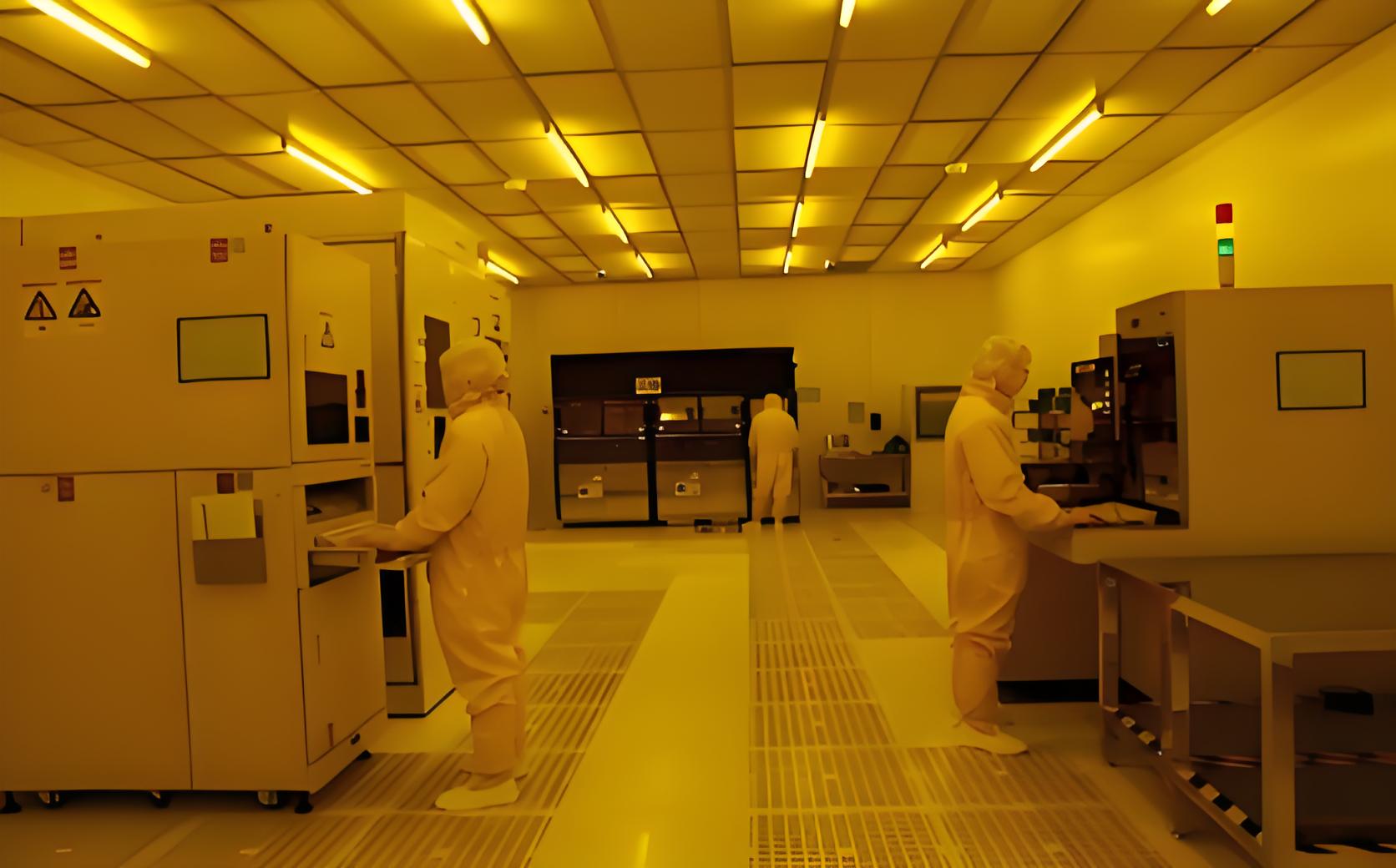
Compressed Gas and Process Purified Water Systems comprise several critical components that work in tandem to ensure the delivery of high-purity media. Understanding these elements is essential for optimizing system performance and troubleshooting issues. For the compressed gas side, key parts include air compressors, which generate the gas; dryers, such as refrigerated or desiccant types, to remove moisture; filters that capture particulates, oil, and microbes; and monitoring sensors for parameters like pressure and dew point. On the water purification side, components typically involve pre-filters for sediment removal, reverse osmosis membranes to eliminate dissolved solids, UV sterilizers for microbial control, and storage tanks with nitrogen blanketing to prevent recontamination. Together, these form the backbone of Compressed Gas and Process Purified Water Systems, enabling consistent quality in applications from laboratory research to large-scale manufacturing.
The integration of these components within Compressed Gas and Process Purified Water Systems requires careful planning to avoid cross-contamination and ensure efficiency. For instance, in a typical setup, compressed air might be used to power pneumatic controls in water treatment units, while purified water could be employed to cool gas compressors. This interdependence highlights the need for compatible materials, such as stainless steel or plastics that resist leaching, and automated controls that adjust flows based on real-time data. Maintenance is another crucial aspect; regular checks and replacements of filters and membranes prevent clogging and degradation, which could compromise purity levels. In terms of Compressed gas process pure water engineering, the design of Compressed Gas and Process Purified Water Systems often includes redundancy, such as backup compressors or dual water loops, to ensure uninterrupted operation. By focusing on these key components, industries can achieve higher reliability, reduce operational risks, and extend the lifespan of their infrastructure, ultimately supporting broader goals of productivity and sustainability.
Compressed Gas and High-Purity Water Systems for Process Applications are vital across a diverse range of industries, each with unique requirements for purity and performance. In the pharmaceutical sector, these systems are used in drug manufacturing, where compressed gases like nitrogen or oxygen are combined with high-purity water for injection (WFI) to create sterile environments and formulate medications. This ensures compliance with regulations like USP <643> and USP <1231>, which set strict limits on contaminants. Another prominent application is in the electronics industry, particularly in semiconductor fabrication, where Compressed Gas and High-Purity Water Systems for Process Applications supply ultra-clean gases and deionized water to clean and pattern silicon wafers. Even minute impurities can cause circuit failures, making these systems indispensable for yield optimization.
Beyond traditional manufacturing, Compressed Gas and High-Purity Water Systems for Process Applications play a crucial role in energy and environmental sectors. In power plants, for example, they provide purified water for boiler feed and compressed air for instrument controls, helping to prevent scaling and corrosion that could lead to outages. Similarly, in wastewater treatment facilities, these systems support aeration processes and chemical dosing, enhancing treatment efficiency and reducing pollutant discharge. The food and beverage industry also relies heavily on Compressed Gas and High-Purity Water Systems for Process Applications; think of carbonated drink production, where purified CO2 and water are mixed under controlled conditions to ensure product consistency and safety. Moreover, emerging fields like hydrogen fuel cell technology use these systems to manage gas and water streams in energy conversion processes. By enabling precise control and high purity, Compressed Gas and High-Purity Water Systems for Process Applications contribute to innovation and sustainability, underscoring their relevance in the broader framework of Compressed gas process pure water engineering.
Maintaining High Purity Compressed Gas and Process Water Systems, Process Gas and Purified Water Systems, Compressed Gas and Process Purified Water Systems, and Compressed Gas and High-Purity Water Systems for Process Applications is essential for long-term reliability and performance. Effective maintenance begins with a preventive approach, including regular inspections, cleaning, and component replacements based on manufacturer guidelines and usage data. For compressed gas systems, this involves checking compressors for wear, replacing filters when pressure drops indicate clogging, and calibrating sensors to ensure accurate monitoring of purity levels. In water systems, maintenance tasks might include sanitizing storage tanks, testing water quality for resistivity and microbial counts, and descaling membranes in reverse osmosis units. By adhering to a structured schedule, operators can prevent unexpected failures that disrupt production and incur high costs.
In the context of Compressed gas process pure water engineering, documentation and training are key aspects of maintenance. Keeping detailed logs of all activities helps track system history and identify trends, such as increasing contamination rates, which could signal the need for upgrades. Additionally, training personnel on proper handling procedures reduces human error, such as improper valve operations that might introduce contaminants. For integrated systems like Compressed Gas and Process Purified Water Systems, it's important to coordinate maintenance across both gas and water sides to avoid conflicts; for instance, scheduling gas compressor servicing during planned water system shutdowns minimizes downtime. Leveraging technology, such as predictive maintenance software that analyzes data from IoT sensors, can further enhance efficiency by alerting teams to potential issues before they escalate. Ultimately, these best practices not only extend equipment life but also ensure that systems consistently meet the high purity standards required in critical applications, supporting overall operational excellence in industries reliant on Compressed gas process pure water engineering.
The future of Compressed gas process pure water engineering is shaped by technological advancements and evolving industry demands, with trends pointing toward greater automation, sustainability, and customization. One major trend is the adoption of digital twins and AI-driven analytics, which allow for virtual modeling and optimization of High Purity Compressed Gas and Process Water Systems. By simulating different scenarios, engineers can predict system behavior under varying conditions, reducing trial-and-error in design and improving resilience. Another emerging area is the integration of renewable energy sources, such as solar-powered compressors or energy-recovery devices in water purification, which align with global sustainability goals. This not only lowers carbon footprints but also reduces operational costs, making Compressed gas process pure water engineering more economically viable.
Additionally, the push for circular economy principles is influencing Process Gas and Purified Water Systems, with a focus on water reuse and waste minimization. For example, advanced treatments like forward osmosis are being incorporated into Compressed Gas and Process Purified Water Systems to enable efficient recycling of process water. In terms of materials, innovations in nanotechnology and antimicrobial coatings are enhancing the durability and purity of system components, particularly in Compressed Gas and High-Purity Water Systems for Process Applications. These developments are coupled with stricter regulatory standards, driving the need for more robust validation and monitoring protocols. As industries like biotechnology and renewable energy expand, the demand for tailored solutions in Compressed gas process pure water engineering will grow, requiring closer collaboration between engineers, suppliers, and end-users. By staying abreast of these trends, professionals can leverage new opportunities to enhance system performance, ensure compliance, and contribute to a more sustainable industrial landscape.
Q1: What is the primary purpose of compressed gas process pure water engineering?
A1: The primary purpose of Compressed gas process pure water engineering is to design and manage integrated systems that deliver high-purity compressed gases and water for industrial processes. This ensures contaminants are minimized, supporting product quality, safety, and efficiency in sectors like pharmaceuticals, electronics, and energy.
Q2: How do High Purity Compressed Gas and Process Water Systems differ from standard systems?
A2: High Purity Compressed Gas and Process Water Systems are specifically engineered to achieve ultra-low levels of impurities, using advanced filtration, monitoring, and materials. Unlike standard systems, they adhere to strict regulatory standards and often include redundancy to maintain consistency in critical applications.
Q3: What industries benefit most from Process Gas and Purified Water Systems?
A3: Industries such as pharmaceuticals, biotechnology, food and beverage, semiconductors, and power generation benefit significantly from Process Gas and Purified Water Systems. These sectors rely on pure gases and water to ensure process integrity, product safety, and compliance with industry regulations.
Q4: What are common challenges in maintaining Compressed Gas and Process Purified Water Systems?
A4: Common challenges include preventing cross-contamination, managing component wear (e.g., filter clogging or membrane fouling), and ensuring real-time monitoring accuracy. Regular maintenance, trained personnel, and predictive technologies are essential to address these issues in Compressed Gas and Process Purified Water Systems.
Q5: How can companies optimize Compressed Gas and High-Purity Water Systems for cost efficiency?
A5: Companies can optimize Compressed Gas and High-Purity Water Systems for Process Applications by implementing energy-efficient components, adopting water recycling practices, and using data analytics for predictive maintenance. This reduces operational costs, minimizes waste, and extends system lifespan while maintaining high purity standards.
